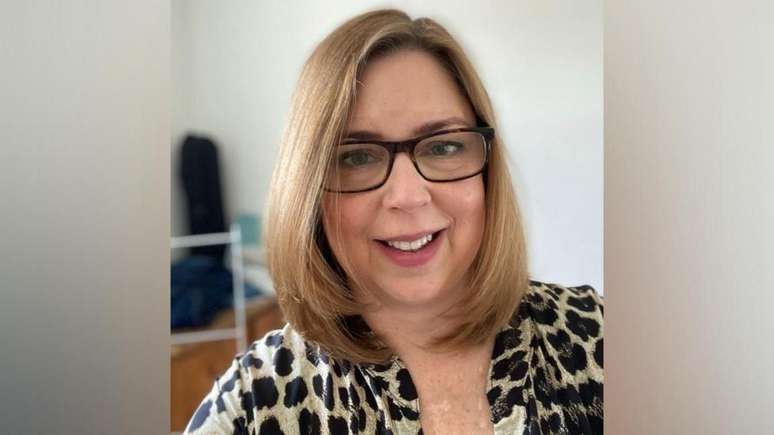Compared to previous treatment, mechanical thrombectomy offers a longer treatment window and leaves fewer stroke sequelae
An order from the Ministry of Health published on November 27, 2023 included another treatment in the SUS for patients suffering from acute ischemic cerebrovascular accident (ACVA). This is Mechanical Thrombectomy (MT), which adds to thrombolysis as a treatment modality for the disease in the public health network.
What is Mechanical Thrombectomy (TM)
Neurosurgeon and cerebrovascular disease specialist Dr. Victor Hugo Espíndola explains that mechanical thrombectomy is the treatment used in more severe stroke cases, where there is blockage of a large artery, one of the main arteries that irrigate the brain.
The procedure is performed via catheterization. “We insert the catheters into the femoral artery, in the patient’s groin, or into the radial artery, in the arm, and with this catheter we reach the blocked cerebral artery. Once we reach the point of obstruction, we can use catheter aspiration to aspirate, drain or remove this clot, unblocking the artery and re-establishing cerebral blood flow,” explains the neurosurgeon.
According to him, this is one of the main treatments that exist in medicine today in terms of quality. “The results are very good. Normally, patients who have a severe stroke, if they don’t undergo this treatment, will die or have serious consequences. Now, with mechanical thrombectomy, we are often able to leave the patient until he has symptoms or with minimal consequences,” he emphasizes.
Therefore, the doctor considers it essential to incorporate mechanical thrombectomy into SUS. “It is a treatment that has been available in the private sector for a long time, which changes the quality of life and the prognosis of the disease,” he says. For the expert this is “a very big gain, in terms of collective health”.
Advantages of Transcendental Meditation in relation to thrombolysis in the treatment of stroke
Previously, ischemic stroke patients seeking medical care in SUS could only rely on thrombolysis as a way to treat the disease. In this case, doctors inject the drug into the vein to try to dissolve the clot.
“It can be done in up to 4 and a half hours, and normally it doesn’t work with very large thrombi. That is, when we have a very large blocked artery. This is because it doesn’t have enough power to dissolve the thrombus,” says Victor Hugh.
According to him, when this treatment was only available in the public network, thrombolysis was not effective for patients with more severe strokes. “Then the patient was left without adequate care and would have died or suffered very serious consequences”, recalls the doctor.
The professional also comments that, with mechanical thrombectomy, it is possible to treat these more serious patients and the window for help is greater. “While thrombolysis can be performed in a maximum of 4 and a half hours, we can extend mechanical thrombectomy up to 24 hours. Remembering that the earlier the treatment, the better,” he compares.
In fact, the neurosurgeon reminds us that, despite all this evolution in treatments, he still has an intimate relationship with time. “So, at the slightest suspicion of a stroke, it is necessary to transfer the patient to hospital as quickly as possible to adequately institute this treatment, to try to leave the patient with as few sequelae as possible,” he emphasizes.
«Remembering that the vast majority of strokes, up to 80% of cases, can be prevented by controlling the main risk factors: high blood pressure, obesity, smoking, sedentary lifestyle and high cholesterol. Therefore, by maintaining a healthy lifestyle, the vast majority of stroke cases can be avoided,” concludes the doctor.
Source: Terra
Ben Stock is a lifestyle journalist and author at Gossipify. He writes about topics such as health, wellness, travel, food and home decor. He provides practical advice and inspiration to improve well-being, keeps readers up to date with latest lifestyle news and trends, known for his engaging writing style, in-depth analysis and unique perspectives.









